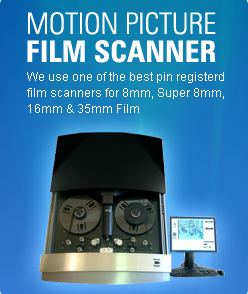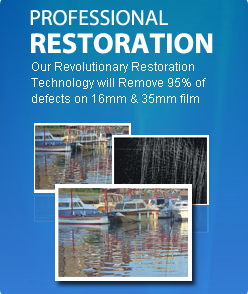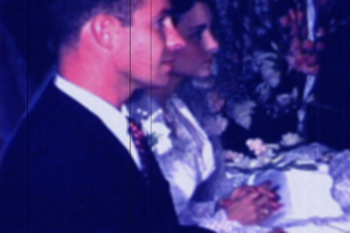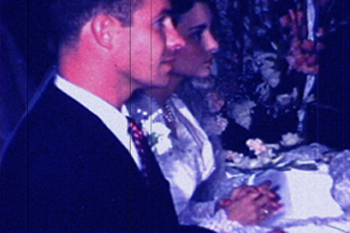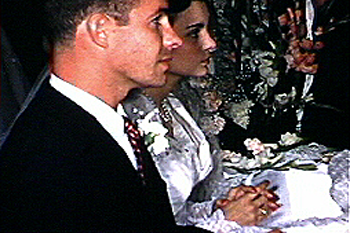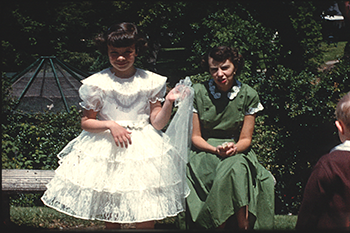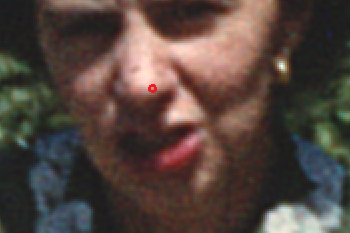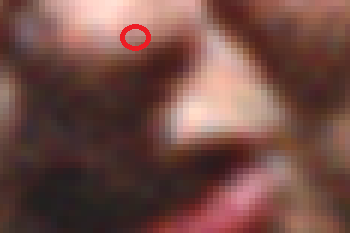
The first table shows how the same film looks using our 4 different processes. You can see that the difference can be significant for our Baltimore customers.
The second table presents a case for scanning 8mm and Super 8 film at 2K resolution. In the past year we have done 20 comparisons. Contrary to popular belief, we do see a noticeable difference in quality between our Pro HD and Pro 2K process on 8mm and Super 8 film.
8mm And Super 8 Film Baltimore |
|
SD Scan
|
|
Pro HD Scan
|
|
Pro 2K Scan
|
|
Pro 4K Scan
|
|
Film Resolution |
|
Resolution of Film |
|
Film Grain
|
|
Film Grain vs Digital Pixel
|
|
Baltimore Fun Facts: Baltimore's excellent harbor has made it one of the country's most important ports since colonial times. During the War of 1812, the flag at nearby Fort McHenry served as inspiration for Francis Scott Key's Star-Spangled Banner. More recently, Baltimore was an important shipbuilding and supply center during World Wars I and II. Although the city suffered a loss of prosperity and population in the 1960s and 1970s, urban redevelopment projects of the 1980s and 1990s (Harborplace shops and restaurants, the National Aquarium, a convention center, Oriole Park at Camden Yards) have revitalized the city.
Maryland Fun Facts: Annapolis, the state capital, is also home to the United States Naval Academy. Maryland is the leading producer of blue crabs and is renowned for its crab cakes. One of the original 13 colonies, Maryland lies at the center of the Eastern Seaboard, amid the great commercial and population complex that stretches from Maine to Virginia. Its small size belies the great diversity of its landscapes and ways of life that they foster, from the low-lying and water-oriented Eastern Shore and Chesapeake Bay area, through the metropolitan Baltimore, its largest city, to the forested Appalachian foothills and mountains of its western reaches.
April 15th.
